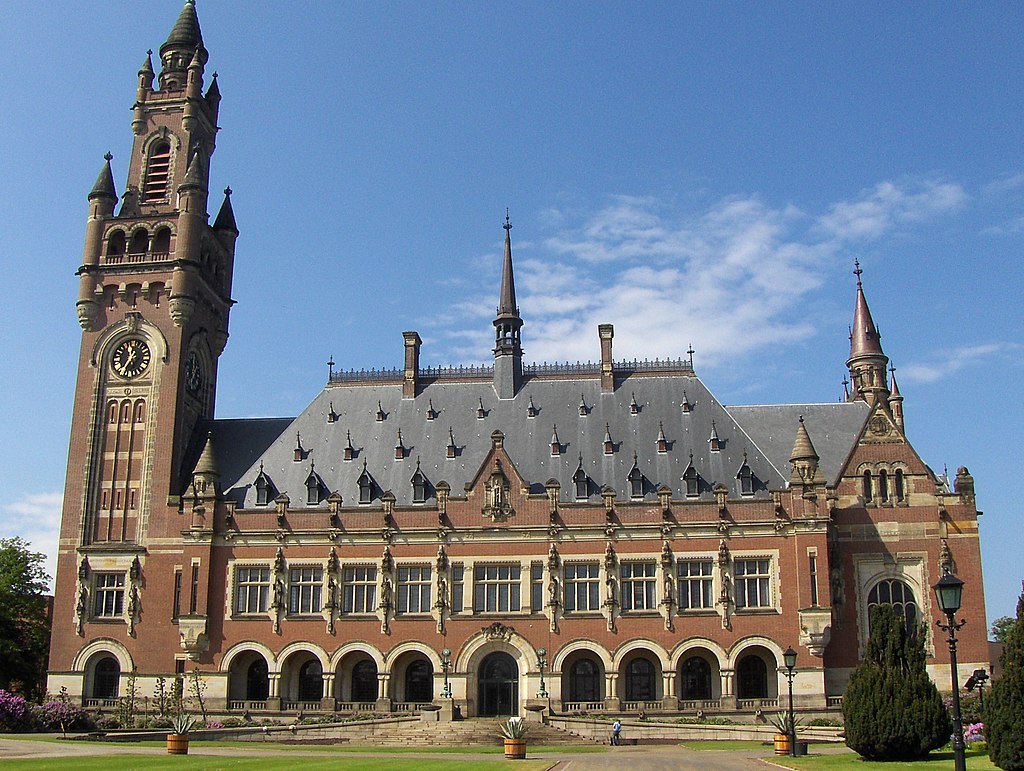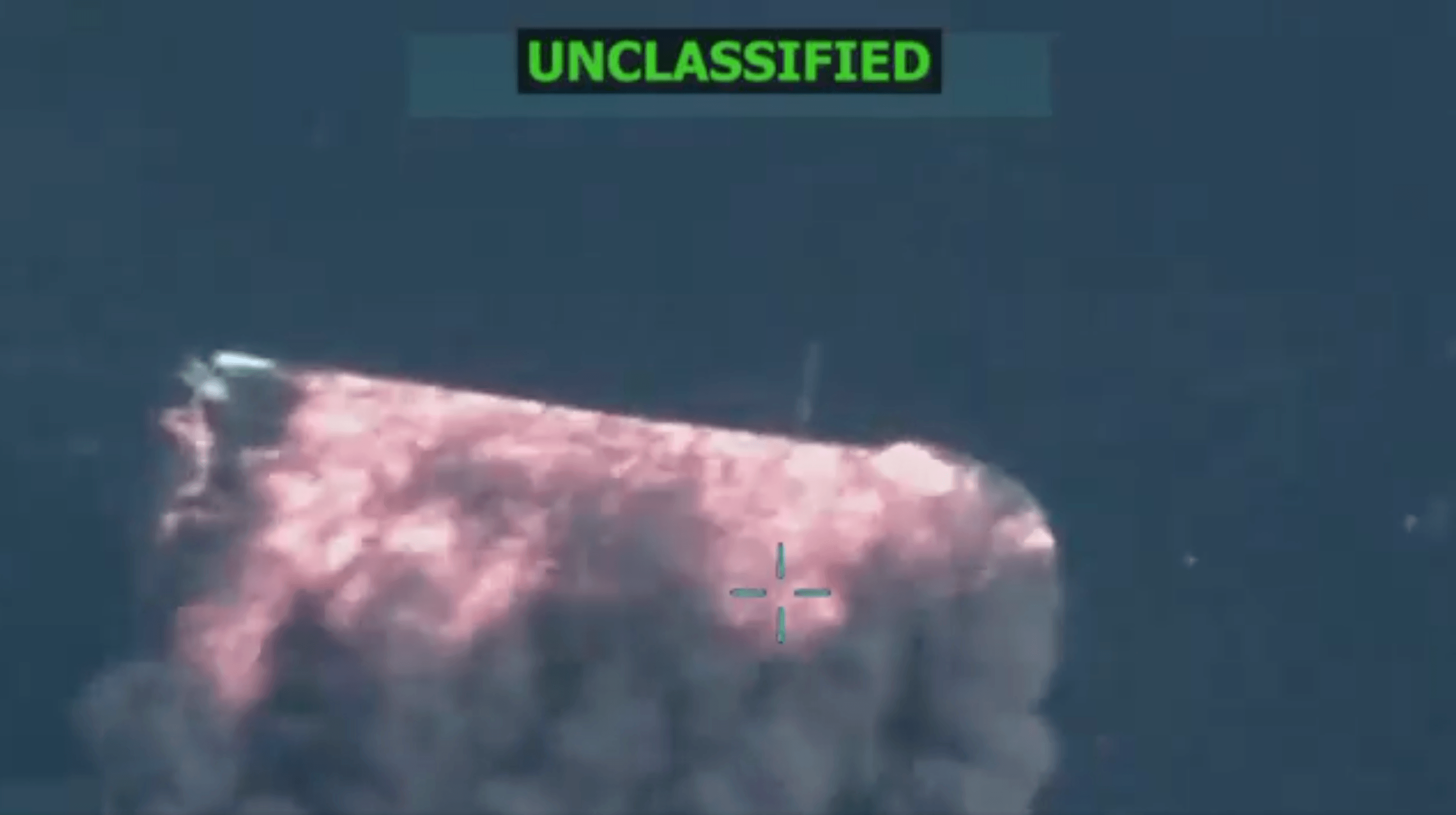One Year Out: Reflections on the Iran Nuclear Deal
Contrary to much of the apocalyptic speculation when the Iran nuclear agreement was first signed, the world has not, in fact, collapsed in the subsequent year. On Monday—a few days past the deal’s one-year anniversary—U.N. Secretary-General Ban Ki Moon wrote to the U.N. Security Council:
Published by The Lawfare Institute
in Cooperation With

Contrary to much of the apocalyptic speculation when the Iran nuclear agreement was first signed, the world has not, in fact, collapsed in the subsequent year. On Monday—a few days past the deal’s one-year anniversary—U.N. Secretary-General Ban Ki Moon wrote to the U.N. Security Council:
I am encouraged by the implementation by the Islamic Republic of Iran of its nuclear-related commitments under the Joint Comprehensive Plan of Action. The Islamic Republic of Iran continues to provisionally apply the Additional Protocol to its Safeguards Agreement, pending its entry into force, and the transparency measures contained in the Plan.
Yet Iran’s behavior in the region persists as a source of discomfort. Critics of the deal were quick to cite Angela Merkel’s warning to the German parliament earlier this month that Iran “continued to develop its rocket program in conflict with relevant provisions of the U.N. Security Council.” Likewise, a German intelligence agency reported in June that Iran’s espionage efforts have intensified across a number of metrics including “with regard to items which can be used in the field of nuclear technology.” The distrust is mutual. Many in Iran have also registered their vociferous complaints over the deal’s roll-out so far. Iranian complaints about the deal were included in the aforementioned U.N. report against U.S. wishes. In this post, we wanted to not only review what has happened since the nuclear deal was passed but also why the deal’s popularity has waned in Tehran.
What’s Happened?
Following the creation of the Joint Comprehensive Plan of Action last summer, Lawfare offered a comprehensive timeline of the deal’s implementation. Much of the deal has panned out as expected. The U.N. Security Council unanimously voted to endorse the JCPOA, and Iran’s parliament approved the agreement in October by a decisive 161-59 vote. Iran also agreed with the International Atomic Energy Agency on a roadmap for Tehran to clarify past and present questions regarding its nuclear program.
In the United States, as negotiations with Iran edged towards completion, President Barack Obama made it clear that the executive branch would use the authorities laid out in the pre-existing congressional sanctions regime for the executive branch to waive sanctions unilaterally.
The White House’s move to negotiate the deal with Iran as a nonbinding agreement rather than a treaty ensured that the administration did not need to obtain Senate ratification. Congress sought to slow down and review the deal with the passage of the Iran Nuclear Agreement Review Act. But despite the chest-thumping, in reality, the Review Act only could give Congress a chance to a) delay sanctions relief for two months and b) block sanctions relief if it mustered the votes to not only pass the bill (which it did) but also survive President Obama’s inevitable veto.
On October 15, a day after the Iranian parliament voted in favor of the agreement, the IAEA confirmed that Iran had complied with all the requirements and activities set out in the July roadmap. The IAEA’s final report on this matter was released on December 15 and can be found here.
The important stuff began on January 16, 2016 or “Implementation Day.” To reach “Implementation Day,” Iran had to showcase to the IAEA that its capacity to produce materials usable in nuclear weapons was deeply diminished. To make this point, Iran had to significantly reduce its enriched uranium stockpile, cut its capacity to enrich uranium, drastically modify the Arak heavy water reactor to block its ability to produce plutonium, and permit the IAEA to put in place an intrusive monitoring system to ensure it meets the agreements laid out in the JCPOA over the deal’s duration. In our original timeline post, we listed the major demands at length.
These were tall tasks and most experts expected sanctions relief to only come in the spring or summer of 2016. But Iran reached “Implementation Day” quickly, a testament to the efficiency with which Tehran complied with the JCPOA’s requirements. On Implementation Day, key U.S., European Union, and U.N. nuclear-related sanctions were lifted.
Rouhani and his advisers calculated that speedy compliance was in their political self-interest: early sanctions relief strengthened Rouhani’s moderate supporters in the lead-up to the February 26 parliamentary elections. As Suzanne Maloney noted in her post-election recap, candidates from Rouhani’s “List of Hope” won all 30 seats in the competitive district of Tehran while 15 of the prime minister’s 16 favored candidates for the Assembly of Experts also won.
How Do We Score It?
Formal legal compliance, or at least its public manifestations, is relatively easy to catalogue. However, the deal will not simply be judged by whether the parties implement it faithfully but whether the consequences of this implementation yields the benefits expected by either side.
Iranian compliance with its nuclear obligations seems to have produced the the international community’s most urgently needed benefit: Western powers seem confident that Iran is not imminently approaching the production of a nuclear weapon. Israel’s military leadership, long some of those who sounded the loudest alarm over Iran’s nuclear ambitions, has concluded that Iran’s nuclear program no longer poses an immediate existential threat. Once more likely than not, the probability of open war between Iran and Israel (a war that would quickly draw in the United States) has diminished dramatically.
Critics, on the other hand, have long argued that the agreement was as much about strategic realignment as it was about avoiding a bloody conflict and potential nuclear catastrophe. But while some administration officials have given indications reinforcing this interpretation, genuine diplomatic cooperation of the sort that the administration hoped for remains non-existent. Iranian support for Assad’s slaughter, its funding of Hezbollah’s military buildup along Israel’s northern border, and a campaign of arrests of dual citizens continues unabated. Once-hopeful talk of a visit to Iran by the Secretary of State has completely dissipated.
For Iran, the picture is similarly complicated. Although the U.S. and its allies have lifted the agreed-upon sanctions, according to many analysts, Iran has not received the relief it hoped for. Crude oil production and exports have returned to pre-2012 levels, and some experts expect Iranian GDP to grow by 4 percent this year despite the general decline in oil prices. At the same time, Iran remains cut off from the US financial system, and international banks remain fearful of the stiff penalties imposed on those who run afoul of remaining sanctions. The immediate gain from Iran has—thus far—fallen far short of the $100 billion sum of which critics warned, and for which Iranians hoped. The Obama administration recently claimed that Iran’s actual windfall has been just a few billion, and Iranian banking officials insist that Iran has received “almost nothing.”
The perception that Iran has not benefited enough from the deal has led to verbal bellicosity from its leadership, and even to fears (or hopes) that the deal may yet unravel. According to a poll conducted for the University of Maryland two weeks ago, public support for the deal in Iran has dropped, and 74 percent of Iranians say there has been no improvement in their economic lives at all since the deal was finalized. In an attempt to mollify those who claim Iran surrendered its nuclear program, a source of national pride in the country, Iran’s Foreign Minister Javad Zarif felt the need to boast on Tuesday that Iran has reached an agreement with the IAEA to bring its nuclear program back on track as limits on the 15-year accord ease over time.
In large part, these Iranian complaints are an inherent result of the messy structure of the sanctions regime. When first developed, the Iran sanctions regime served two overlapping purposes: punishing Tehran both for its support for terrorism and its nuclear program. Now, those long-time compatible purposes have diverged. The U.S. must reward nuclear compliance while continuing to punish atrocious behavior—and it does so by scaling back some sanctions and continuing with others. So even though Iran has scaled back its nuclear program, the U.S. sanctions leveled against the Iranian regime for its other violations have enough bite to prevent Iran’s complete integration into the world economy. Sohan Moarefy makes this convincing argument at length in a Lawfare working paper when he writes, “the United States has unwound sanctions on the basis of legal distinctions that make it highly difficult for it to simultaneously provide Iran the economic relief it expects under the JCPOA while leaving the rest of the U.S. sanctions architecture unaffected.” As Bloomberg reported, Iran is struggling to attract foreign investment because foreign banks are still wary of receiving penalties from the U.S. Treasury for inadvertently running against other U.S. sanctions. One executive of a major Iranian construction company lamented that absent Western help, he “doesn’t see any big banks coming here in the next five years.”
Yet there are reasons when remaining U.S. sanctions against Iran persist. Policy groups catalogue Iran’s daily transgressions. From exporting terrorism to doubling down on a ballistics program that the U.N. has labeled as inconsistent with existing Security Council resolutions, Rouhani’s administration continues to act in a way that justify these sanctions’ existence. These destabilizing policies obstruct the economic gains Tehran wishes to see materialize. And there are signs Tehran recognizes this—for example, in efforts to get off the Financial Action Task Force blacklist for money laundering, Iran indicates it will implement regulatory reforms to strengthen its anti-money laundering and combating the financing of terrorism regime.
For its part, the Obama administration has made a series of moves to help Iran fully reap the benefits of the sanctions relief it received as part of the JCPOA. And while many detractors have political reasons to complain about the scale of the deal’s impact, none can justifiably claim surprise—Iran’s negotiators were aware of these complications from the start.






